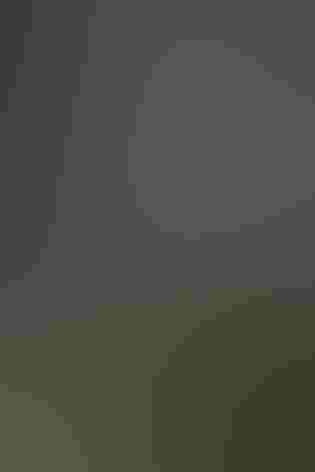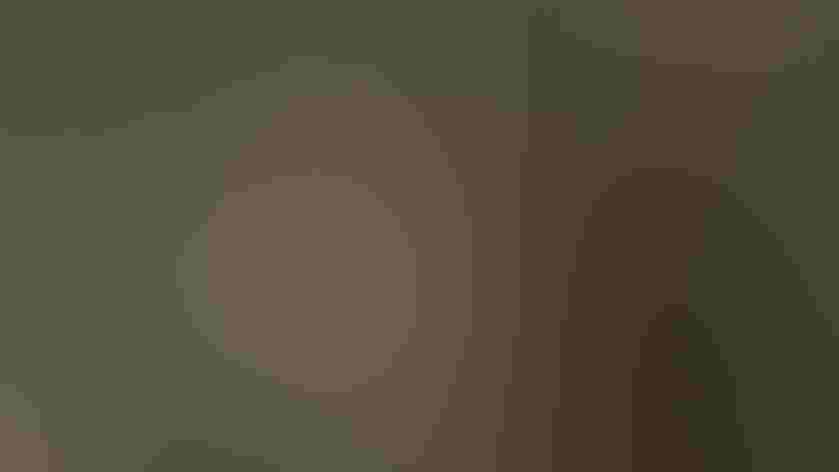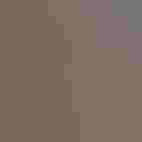Spotted Owl
At a Glance
Because it requires old-growth forest, this owl has been at the center of fierce controversy between conservationists and the logging industry in the Pacific Northwest. The owl itself seems anything but fierce: it has a gentle look, and it preys mostly on small mammals inside the forest. Its deep hooting calls carry far on still nights, especially in southwestern canyons where they may echo for more than a mile. Found on their daytime roosts, Spotted Owls may allow close approach.
All bird guide text and rangemaps adapted from Lives of North American Birds by Kenn Kaufman© 1996, used by permission of Houghton Mifflin Harcourt Publishing Company. All rights reserved.
Category
Owls
IUCN Status
Near Threatened
Habitat
Arroyos and Canyons, Forests and Woodlands, High Mountains
Region
California, Northwest, Rocky Mountains, Southwest, Texas, Western Canada
Behavior
Flap/Glide, Rapid Wingbeats
Population
15.000
Range & Identification
Migration & Range Maps
A permanent resident in many areas, but some mountain populations move to lower elevations for the winter.
Description
16 1/2 -19" (42-48 cm). Dark eyes, round head with no "ear" tufts. Much like Barred Owl but a bit smaller, with different pattern below (brown with white spots).
Size
About the size of a Crow, About the size of a Mallard or Herring Gull
Color
Black, Brown, White, Yellow
Wing Shape
Broad, Rounded
Tail Shape
Rounded, Short, Square-tipped
Songs and Calls
2 or 3 short barking hoots followed by a louder, more prolonged hooo-ah.
Call Pattern
Rising
Call Type
Hoot, Whistle
Habitat
Mature old-growth forests, conifers, wooded canyons. Along Pacific seaboard, mainly in undisturbed old-growth timber, including douglas-fir and redwoods. In southwest, generally in forested mountains and canyons, especially where tall trees grow close to rocky cliffs.
Sign up for Audubon's newsletter to learn more about birds like the Spotted Owl
Behavior
Eggs
2, sometimes 1-3, rarely 4. Whitish. Incubation is by female only, 28-32 days. Male feeds female during incubation.
Young
Female remains with young at first; male brings food for female and young. After about 2 weeks, female hunts also. If humans approach nest, adults perch nearby but make no active defense. Young leave nest at about 5 weeks, are tended and fed by parents for some time thereafter.
Feeding Behavior
Hunts mostly at night, but also by day while nesting. Hunts mostly by watching from a perch, then swooping out to capture prey in talons. Prey is taken from the ground and out of trees, and bats may be captured in the air.
Diet
Mostly small mammals. Specializes on small forest mammals, including woodrats, deer mice, voles, red tree mice (Phenacomys), small rabbits, bats. Also takes some small birds, reptiles, large insects.
Nesting
Male defends nesting territory by calling at dusk and at night. Pairs typically use same nest site for life, but may not nest every year. Nest: Chooses a sheltered site inside large hollow tree in deep forest, in cave or crevice in cliff, sometimes in old stick nest of hawks or other large birds. No nest built, makes simple scrape in debris in bottom of site.
Conservation
Conservation Status
Endangered in Pacific Northwest, possibly threatened in southwest. Requires undisturbed habitat and old-growth forest, does poorly in second-growth. A relatively new threat in the Pacific Northwest is posed by the arrival of Barred Owls, which spread westward across Canada in recent decades. Barred Owls are apparently displacing Spotted Owls in some areas, taking over prime habitats and sometimes interbreeding with their slightly smaller relatives.
Climate Threats Facing the Spotted Owl
Choose a temperature scenario below to see which threats will affect this species as warming increases. The same climate change-driven threats that put birds at risk will affect other wildlife and people, too.










